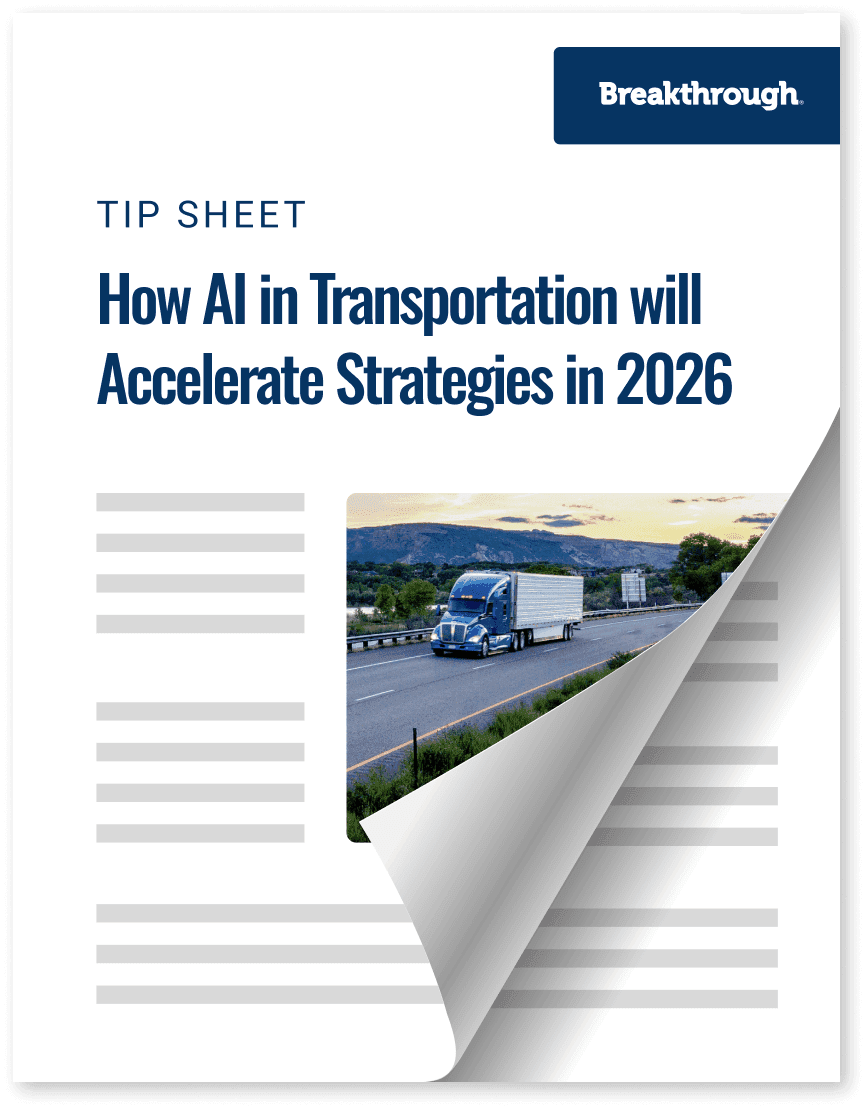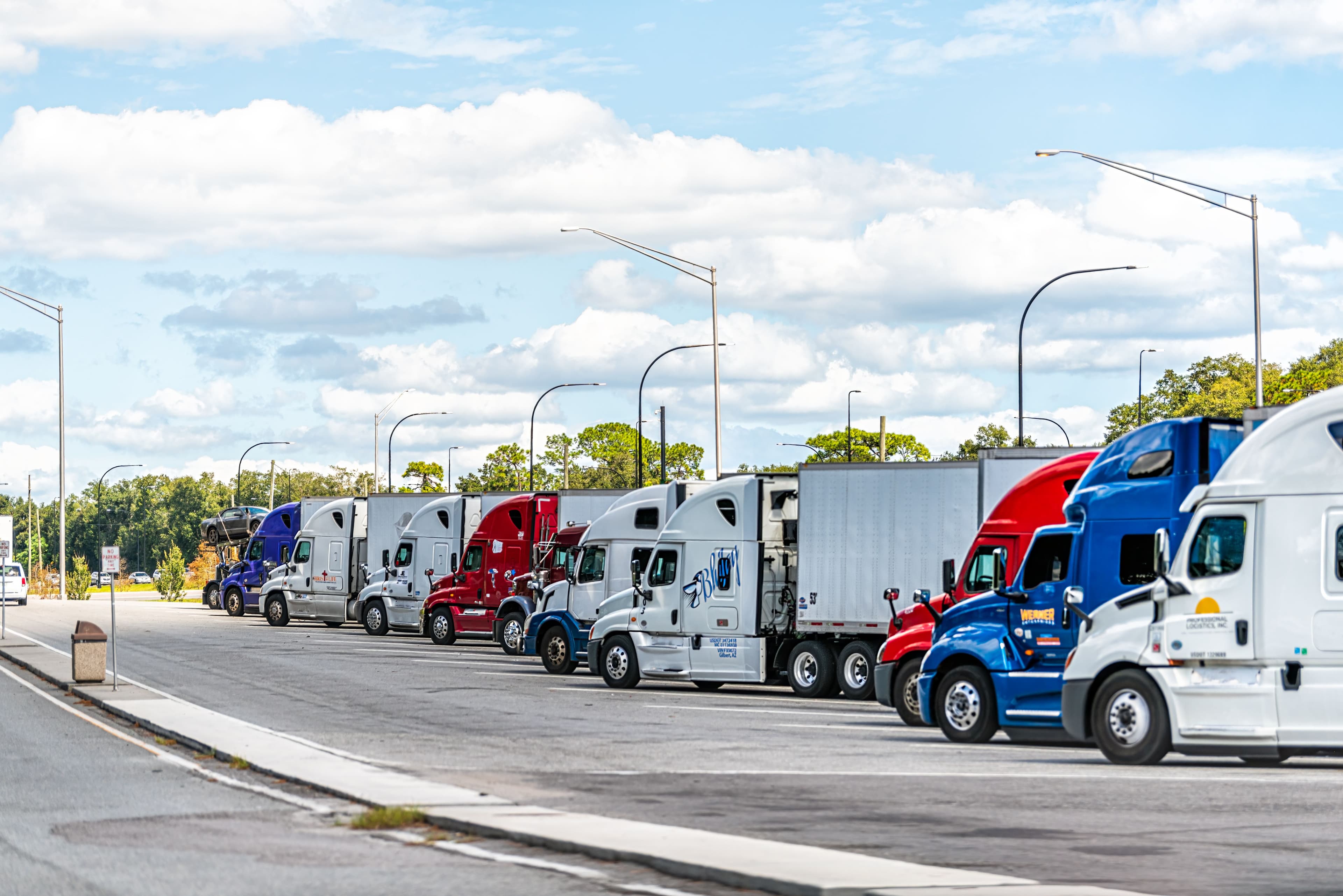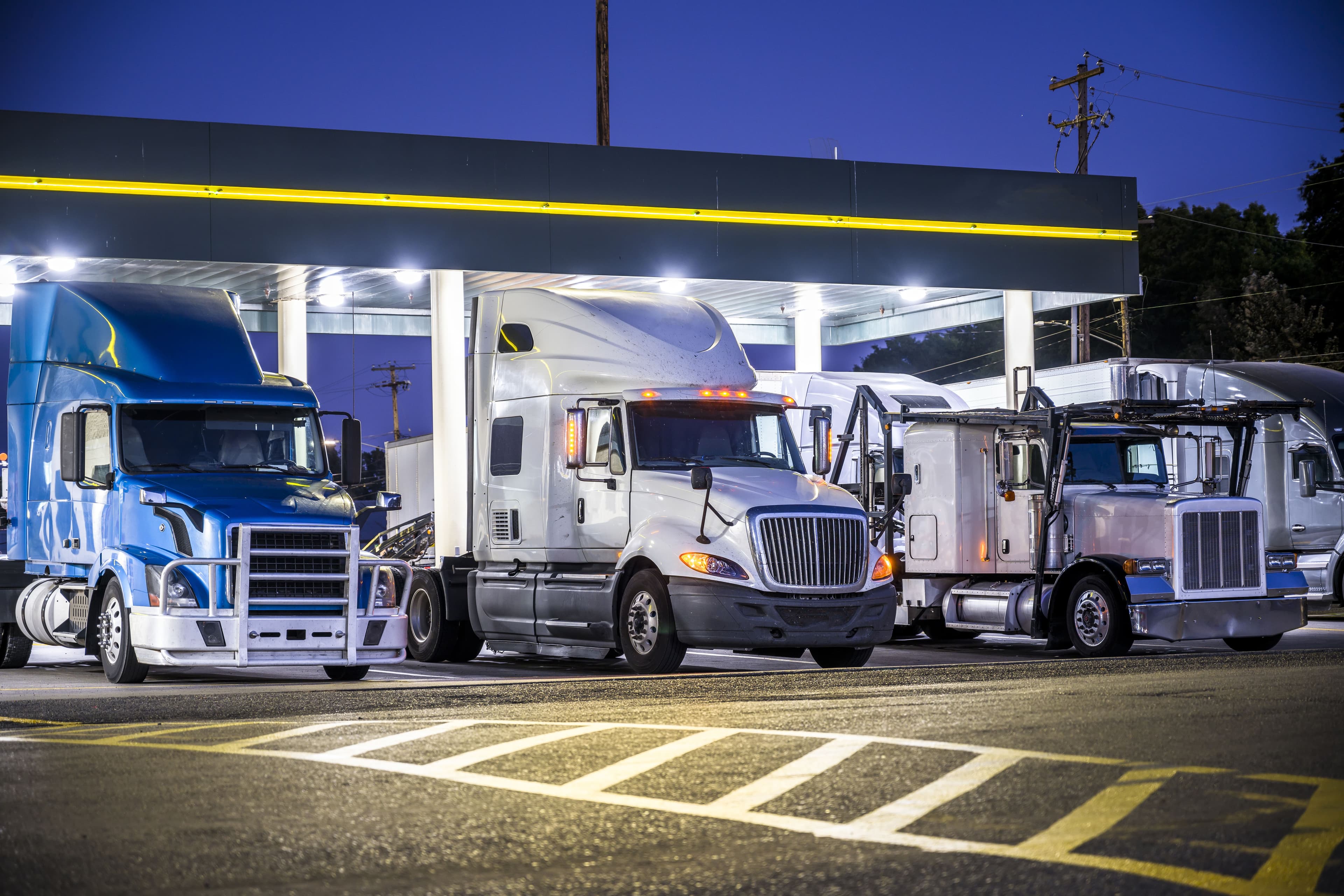How AI in Transportation will Accelerate Strategies in 2026

Trending
Top Posts
4 min read
June 27, 2022

Share:
Table of contents
Browse the table of contents to jump straight to the part you’re looking for
Transportation sustainability is now considered imperative for shippers’ operations. But as teams design and implement emissions reduction plans to achieve emerging sustainability goals, they’re running into a major challenge: how to measure their sustainability impact.
Analysis of scope 3 greenhouse gas (GHG) emissions is particularly challenging. Scope 3 emissions typically make up 70–90% of an organization's entire emissions footprint, and lack of visibility into the outside forces generating scope 3 emissions makes it difficult for shippers to understand their total lifecycle emissions. Without the full picture, shippers can’t identify scope 3 sources and quantify their impact. This causes them to fall short of their own sustainability goals, as well as any external compliance frameworks required by their industry.
Analyzing your transportation network provides a natural foundation for your overall emissions reduction strategy. Because transportation networks generate data via suppliers, carriers, and strategic partners, the information you need to begin your transportation emissions analysis is more accessible than you may think. And since transportation produces more emissions than any other sector, reducing your scope 3 transportation emissions is a critical step toward achieving your organization's larger sustainability goals.
As shippers aim to implement sustainability initiatives, many find that incorporating sustainability in company decision-making is a muscle they’re not used to flexing — and strengthening it takes time.
In particular, shippers often struggle to understand which operational decisions offer the most value to their overall sustainability impact. Business leaders may also feel unsure about how to consider sustainability in areas where cost savings and efficiency have historically been the most important priorities. Additionally, shippers may not know the nuanced differences between scope 1, 2, and 3 emissions sources — or how to use data to track the output of different sustainability and emissions reduction strategies.
Because sustainability decision-making is a new practice at many organizations, shippers may lack clarity about which team members are responsible for different aspects of sustainability operations — from gathering data and implementing measurement strategies to communicating with outside partners. This leads to sustainability KPIs fundamentally disconnected from the transportation teams responsible for upholding and reporting these metrics. Without granular KPIs, communications, and processes, it’s difficult to delineate tasks, ensure oversight and accountability, and reach sustainability milestones.
As the sustainability market matures, these challenges are exacerbated by constant changes in governmental emissions regulations, reporting requirements, and data and measurement methodologies. In particular, science-based targets and global reporting standards are growing increasingly stringent — creating challenges for shippers that lack a nimble approach to emissions measurement and data collection processes. If shippers don’t design their emissions reduction plans with flexibility as the cornerstone, they’ll struggle to adjust and optimize their strategies to meet evolving marketplace standards.
While the challenges to measuring and reducing scope 3 emissions are complex, your transportation network provides an actionable and familiar starting point. As you design your analysis and reduction strategy for scope 3 transportation emissions, here are 3 steps to lay the groundwork.
For additional insights on measuring scope 3 emissions, refer to our tip sheet: 4 Tips for Measuring Scope 3 Emissions.
And to learn more about measuring sustainability impact and designing your scope 3 emissions reduction plan, schedule a demo of CleanMile — our transportation emissions management solution.
Breakthrough provides innovative transportation technology solutions and market insights to the world’s most reputable brands. With our cutting-edge Network Intelligence solution and FELIX platform, we create transportation strategies that improve transportation network efficiency, reduce cost, and establish stable networks. Contact us today for more information.

5 min read
December 31, 2025
Discover how to implement a mobile fueling program that boosts fleet efficiency and cuts costs. Our guide covers evaluation, partner selection, and integration.
Read more
5 min read
December 30, 2025
Build a robust fuel procurement strategy to control your fleet’s fuel costs. Our guide covers data analysis, sourcing tactics, and operational efficiencies.
Read more
8 min read
December 23, 2025
Navigate fuel surcharge rates with our expert guide. Discover how to calculate fair reimbursements and overcome the limits of traditional fuel surcharge models.
Read more